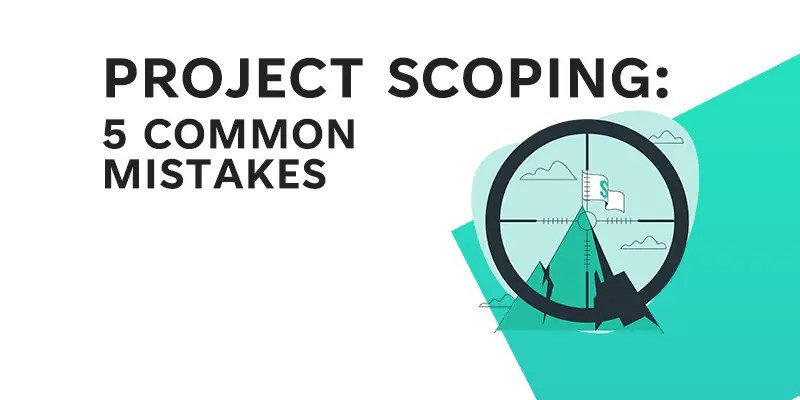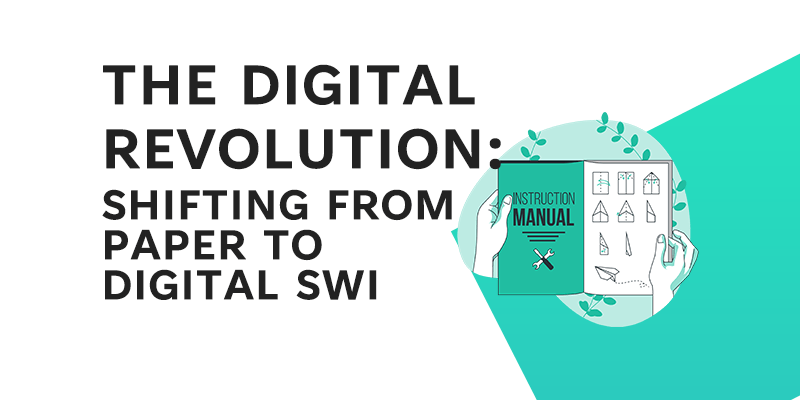Project scoping is a critical phase that sets the foundation for project success. However, many projects fail as a result of frequent errors made during the scoping process. In this blog post, we’ll look at five of these common errors and offer tips for avoiding them. These errors can have far-reaching effects, resulting in budget overruns, missed deadlines, and dissatisfied stakeholders, from a lack of clearly defined objectives to overlooking stakeholder involvement. You can increase the likelihood that your project will accomplish its objectives successfully and effectively by being aware of these pitfalls and avoiding them. So let’s explore the world of project scoping and discover how to master it.
Table of Contents
Mistake 1: Lack of Clearly Defined Objectives
The absence of clear and specific objectives is one of the most frequent errors in project scoping. It is difficult to align team members, effectively allocate resources, and assess project success when objectives are hazy or unclear. The project lacks a clear direction and a well-defined objective, which causes confusion and inefficiency.
Consider a software development project without definite objectives, for instance. A lack of cohesion and wasted effort could result from the team working on various features and functionalities based on their own interpretations. While developers may have concentrated on backend optimization, the client may have expected a user-friendly interface. Because of this, the finished product might not live up to client expectations or fail to provide the desired value.
It is essential to put time and effort into articulating specific project objectives in order to prevent this error. To ensure clarity and support efficient decision-making, objectives should be SMART (Specific, Measurable, Achievable, Relevant, Time-bound). Participate in the scoping process with all relevant parties, such as clients and end users, to ensure that their expectations and needs are fully accounted for.

Mistake 2: Ignore Stakeholder Involvement
Failure to involve important stakeholders during the scoping phase is another frequent error. Clients, end users, project sponsors, and team members are examples of parties with a vested interest in the project’s outcomes. Ignoring their opinions and input can result in miscommunication, misalignment, and ultimately project failure.
Consider a construction project where the project manager doesn’t consult the neighborhood before deciding on the design. The plan being implemented by the construction company disregards the neighborhood’s worries about noise pollution and traffic disruptions. As a result, there are protests and legal issues, which significantly delays the project and harms its reputation.
Establish effective communication channels with stakeholders early on to avoid making this mistake. Conduct interviews, surveys, and workshops to learn more about their expectations, concerns, and needs. Include their feedback in the scoping process to ensure their needs are met. Maintain stakeholder engagement and mitigate potential risks by communicating updates and soliciting feedback on a regular basis throughout the project lifecycle.
Mistake 3: Failure to Consider Resource Constraints
Scoping a project without taking resource constraints into account is a recipe for disaster. Human resources, finances, equipment, and time are all examples of resources. Ignoring these constraints can result in a lack of resources, budget overruns, and schedule delays.
Assume a marketing campaign is planned without regard for the available budget. The campaign may include ambitious strategies that necessitate substantial financial investment, but the budget allotted falls short. As a result, the marketing team may have to make concessions on their plans, resulting in subpar execution and limited impact.
To avoid making this error, conduct a thorough evaluation of available resources and constraints. Consider budget constraints, staff availability, and equipment availability. To accurately estimate resource requirements, use historical data, expert input, and industry benchmarks. Alternative approaches or changes to the project scope can be made proactively if resource constraints are identified early on.
Mistake 4: Inadequate Risk Assessment
Failure to conduct a thorough risk assessment during project scoping can result in unexpected challenges and project setbacks. Technical challenges, market conditions, regulatory changes, and external dependencies are all potential sources of risk. Projects are vulnerable to disruptions and failures unless these risks are identified and addressed.
Assume a software development project fails to evaluate the risk of a potential cybersecurity breach. As a result, security flaws go unnoticed until after the project has been launched. This omission can result in data breaches, financial losses, reputational harm, and legal ramifications.
To avoid making this error, devote time and effort to identifying and evaluating potential risks. Collaborate with experts and stakeholders to gain new perspectives and insights. Consider potential risks and their impact on the project. Create strategies and contingency plans to effectively mitigate and manage these risks. To address emerging risks, revisit and update the risk assessment on a regular basis throughout the project lifecycle.
Mistake 5: Unrealistic Timeline and Budget Estimates
Setting unrealistic timeframe and budget estimates is a common mistake that can lead to project failure. Unrealistic expectations can strain resources, compromise quality, and erode team morale. It is crucial to strike a balance between delivering the project within reasonable constraints and meeting stakeholders’ expectations.
For example, imagine a website development project with an unrealistic timeframe and budget. The client expects a complex and feature-rich website to be developed within an extremely tight deadline and a limited budget. In such cases, the development team may be forced to cut corners, leading to a rushed and substandard final product that fails to meet the client’s expectations.

Invest time in accurate estimation to avoid making this mistake. Divide the project into tasks, identify dependencies, and estimate the amount of effort and time needed for each task. Consider factors such as team capacity, complexity, and potential risks. To guide your estimation process, use historical data and expert insights. Communicate openly with stakeholders about the project’s constraints and potential trade-offs, ensuring that their expectations match the constraints.
Conclusion
In project scoping, avoiding common mistakes is crucial for achieving successful project outcomes. By recognizing and addressing these five common mistakes – lack of clearly defined objectives, ignoring stakeholder involvement, failure to consider resource constraints, inadequate risk assessment, and unrealistic timeframe and budget estimates – project managers can set their projects up for success. Remember, effective scoping sets the stage for clear direction, alignment, and effective resource allocation. By learning from these mistakes and implementing best practices, you can enhance your project’s chances of meeting its objectives efficiently and satisfying stakeholders’ expectations.
References
Kermanshachi, S., Anderson, S.D., Goodrum, P. and Taylor, T.R., 2017. Project scoping process model development to achieve on-time and on-budget delivery of highway projects. Transportation Research Record, 2630(1), pp.147-155.
Khan, A., 2006. Project scope management. Cost engineering, 48(6), pp.12-16.








